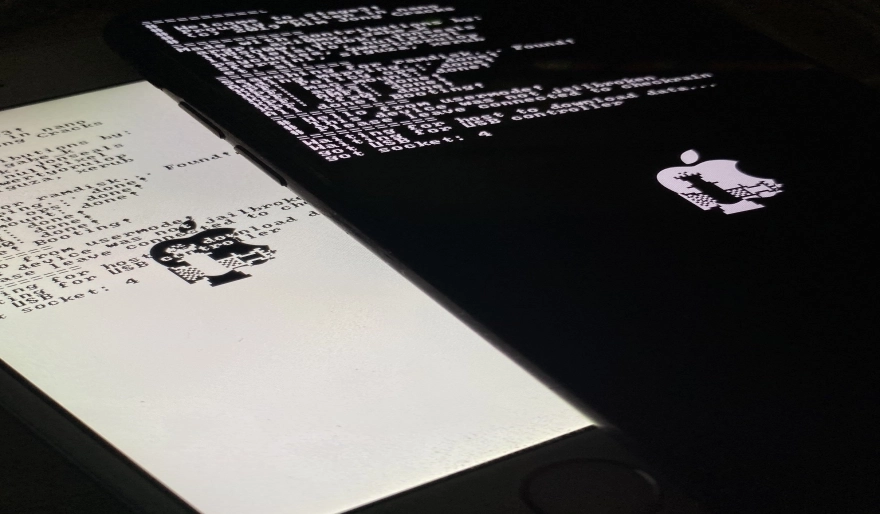Uninstalling Bloatware on Android Devices
10 min read Uninstalling Bloatware on Android Devices - written by YASSIN Zoi, Senior Content Marketer March 30, 2024 14:49
1. Introduction to Bloatware and Its Impact on Device
Performance
(That requires that you don't make a decision until
you know what you're considering and that you should be able to check OTA
updates and install them)
Without outdated or seemingly useless software in the
system, the device will perform much better. These software can be heavy ones,
such as those linked with the particular OEM and Google, or light ones like
games, Chrome, YouTube, etc., that you might use occasionally. The fact is,
these can make your device slower, prevent users from accessing the latest OS
platforms, and consume battery life or background data. But not all
pre-installed or unused software is unwanted. Users who don't want to root
their devices may also want to install custom curing often need to update and
install the latest features to the latest updates. The question is, is
bloatware always negative? Accomplishing a system update would take a long time
since it went to waste while waiting to uninstall a certain update/feature that
was added just for fun. Some providers may uninstall bloatware as part of the
update, and this method often presents. There are developers who have created
custom applications and released programs in the Play Store that can allow you
to uninstall any program from your smartphone, and also those that are
pre-installed.
Bloatware is a term that you are most likely to
encounter several times, especially on devices running Android. However, there
is quite a bit of confusion about the definition of bloatware and what it means
for the performance of your device. In general, bloatware can be considered as
any software within an Android device that does not have any specific
functionality or is not associated with the operating system itself. These can
be OEM pre-installed apps, unwanted software, or apps that are not necessary
for day-to-day activities of an ideal smartphone. The problem with bloatware is
that these apps are installed into the system partition of the device, so you
can neither update nor uninstall them. This not only wastes device storage
space but also may record sensitive information.
Introduction
2. Methods to Identify and Evaluate Bloatware on Android
Devices
In this guide, we will go into detail on everything
you need to do in order to finally delete bloatware from your device. First
off, we will list a few specific ways in which you can easily identify and
evaluate bloatware on your Android device so that you know which apps to go
after. Then we'll move on to briefly discuss some of the basic concepts and
more general tricks which you should be at least familiar with if you wish to
uninstall bloatware. After this initial warm-up, we will teach you all the
specific methods that you can use to quickly and easily delete your bloatware.
There are actually four different methods available, with some that are simpler
and better than others, so make sure to look for your favorite option in this
guide to uninstall bloatware as it is important to remember!
For most tech enthusiasts, bloatware is an evil that
is considered the most foul. By far, one of the most annoying additions which
come bundled with every new Android device these days is some form of
pre-installed bloatware. The fight against bloatware is frustrating, but just
because your device comes preloaded with unwanted apps that you can't quite
seem to get rid of doesn't mean they are necessary. It's time to get rid of
bloatware once and for all and cut all the unnecessary weight it brings to your
Android operating system. There are over 1 billion monthly active Android users
around the world who could potentially benefit from these steps. Before
proceeding, keep in mind that if you don't want to deal with it or are not sure
what you're doing, it is best to leave it alone, because it is also possible to
do damage to your smartphone which cannot be reversed.
3. Step-by-Step Guide to Uninstall Bloatware on Android
Devices
The first method uses the Android Debug Bridge (ADB) tool
which is included in the Android SDK. The tool allows your computer to
communicate with your Android device: it's supposed to be used by developers,
but many useful tweaks are available by using it. The only downside is that you
need to connect your device to your computer and execute all the commands from
a terminal. You can see a full list of all installed packages from the device
with the command adb shell pm list packages. Done! All the packages marked as
"installed" are bloatware. Now let's decide if we want to remove or
freeze them.
There are several ways to remove bloatware from your
Android device, depending on your preferences and whether or not your device is
rooted. We've prepared a step-by-step guide to two of these methods - using the
ADB and using a third-party app (NoBloat Free). Please note that before you
start removing bloatware from your device, it's essential to remember that
these processes might cause malfunction of your device, and the disabled or
uninstalled system apps can't be restored if you remove them incorrectly. Make
sure to back up all your data and proceed with caution.
4. Best Practices for Managing Bloatware and Optimizing
Device Performance
Periodically scheduled reviews of device applications:
Let's face it. We are all terrible at evaluating the quality of and need for
the apps on our devices. How many apps do you have installed today that you
haven't used in weeks or months? When was the last time you reviewed your
device's application list to remove applications that you no longer use and
essentially serve no current purpose on the device? Conducting regular reviews
of your device's application list (typically found in the device's settings) is
a great way to reduce the negative impact of bloatware on device performance
and battery life. Eliminating infrequently used apps from your device reduces
the amount of storage space needed to hold app and app data, minimizes the
processing cycles needed to update app data, and reduces the likelihood of app
background processing consuming device resources. Consider conducting a device
application list review semiannually. Don't be surprised if you find you can
uninstall many applications that you no longer use because, remember, you are
delightful and never leave apps installed that are no longer useful.
Regardless of the effectiveness of the third-party
applications deployed to address bloatware, mobile device end users should
understand that there are processes and habits that can be employed to minimize
the negative impacts of bloatware on device performance and extend device
battery life. Some of the most effective strategies for managing bloatware and
optimizing device performance include regularly reviewing the applications
installed on the device, limiting device background processing, disallowing the
apps that run with the device connected to the cellular network, utilizing
built-in device power management features, using cellular data sparingly, and
using application-specific settings to limit using "background refresh"
of app content.
User Comments (0)
Popular Apps










Editor's Choice









